
Purple Dead Nettle (Lamium purpureum): A Wild Ally for Circulation and Heart Health
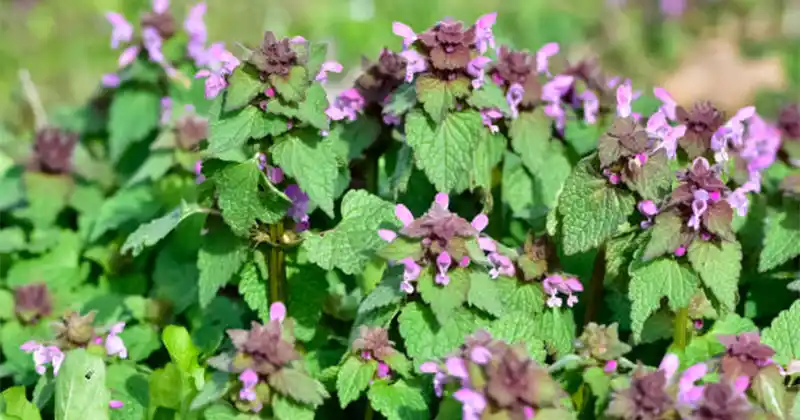
Often spotted quietly creeping along garden edges, roadside ditches, and open fields, purple dead nettle (Lamium purpureum) is frequently mistaken for a common weed. But don’t be fooled by its humble appearance—this wild herb is a powerhouse of natural wellness, especially when it comes to supporting heart health, circulation, and cholesterol balance.
A member of the mint family, purple dead nettle contains a rich array of antioxidants, anti-inflammatory compounds, and essential micronutrients. These properties make it an excellent, easy-to-access plant ally for those seeking to naturally maintain cardiovascular wellness.
Let’s take a closer look at how this underrated plant may benefit your heart and blood vessels—and how to easily incorporate it into your daily wellness routine.
Top Benefits of Purple Dead Nettle for Heart and Circulatory Health
1. Promotes Healthy Blood Circulation
Purple dead nettle encourages improved blood flow by reducing inflammation and enhancing vascular flexibility. This can ease the workload on the heart, improve oxygen delivery to muscles and tissues, and contribute to increased energy levels and vitality. For those who experience cold extremities or sluggish circulation, it may offer noticeable support.
2. Supports Balanced Cholesterol Levels
Although not a replacement for prescribed medication, purple dead nettle’s antioxidant activity can aid the body in maintaining healthier cholesterol levels. It helps by protecting the vascular lining from oxidative damage, one of the key contributors to plaque buildup and arterial hardening. Regular consumption may help reduce the risk of cholesterol-related cardiovascular issues over time.
3. Strengthens Blood Vessel Integrity
This plant is rich in flavonoids, polyphenols, and plant sterols, which are known to strengthen capillary walls, reduce vessel stiffness, and promote vascular elasticity. These actions support healthy blood pressure and may help prevent the long-term wear and tear that leads to cardiovascular strain.
4. Combats Oxidative Stress
Free radicals can damage the delicate tissues of the heart and blood vessels, leading to chronic inflammation and disease. Purple dead nettle contains powerful antioxidants like quercetin, vitamin C, and anthocyanins, which actively scavenge these harmful molecules, protecting the cardiovascular system at a cellular level. These benefits are especially important in modern lifestyles that involve stress, poor diet, or exposure to environmental toxins.
5. Gentle Anti-Inflammatory Effects
Chronic inflammation is a major underlying factor in high blood pressure, atherosclerosis, and other heart conditions. Purple dead nettle has mild, naturally occurring anti-inflammatory agents that can calm systemic irritation and promote a healthier internal environment over time, without the harsh side effects of synthetic anti-inflammatories.
6. Rich in Essential Micronutrients
Beyond its herbal compounds, purple dead nettle provides a nutritional boost in the form of vitamins A and C, iron, calcium, and fiber. These nutrients support overall heart health by aiding red blood cell production, improving oxygen transport, and helping to regulate metabolic functions associated with cardiovascular function.
How to Use Purple Dead Nettle
There are several practical and effective ways to incorporate this plant into your daily wellness routine. Here are the most common:
1. Herbal Tea (Gentle Daily Tonic)
-
Add 1–2 teaspoons of dried purple dead nettle (or a small handful of fresh leaves) to a cup of hot water.
-
Let steep for 10–15 minutes.
-
Drink once or twice daily for a mild, nourishing boost to circulation and immune defense.
This is one of the best long-term methods for incorporating its benefits into your routine.
2. Smoothie Addition (Fresh & Nutrient-Dense)
-
Blend clean, young leaves into a green smoothie.
-
Combines well with spinach, kale, banana, and lemon.
-
This method preserves heat-sensitive compounds like vitamin C and provides raw plant enzymes.
3. Powder Form (For Consistent Supplementation)
-
Dry the leaves fully, then grind into a fine powder using a spice grinder or blender.
-
Add ½ teaspoon to soups, smoothies, or capsules.
-
A great option for those who want consistency and convenience.
4. Tincture (Fast-Acting Herbal Support)
-
Take 30–40 drops diluted in water, up to three times per day.
-
Ideal for those wanting a potent form to support circulation or balance inflammation more directly.
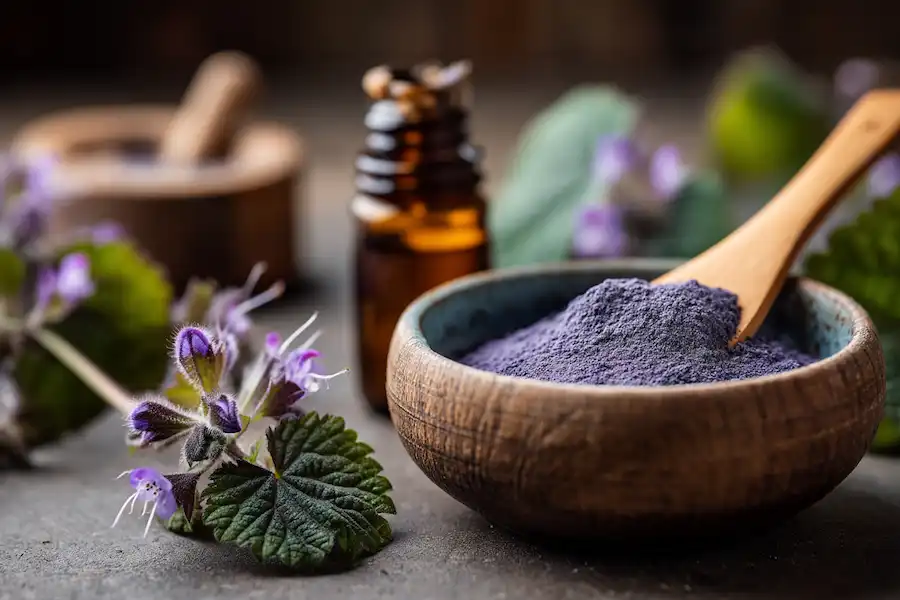
Safety and Considerations
Purple dead nettle is generally regarded as safe for adults when used in moderate amounts. However:
-
Only harvest from clean, pesticide-free areas.
-
Avoid use during pregnancy or breastfeeding unless supervised by a qualified herbalist.
-
Those with allergies to mint-family plants (Lamiaceae) should use caution.
-
As with any herbal remedy, consult a healthcare provider before use—especially if you’re taking medications or managing a chronic condition.
A Humble Herb with Powerful Potential
While it may go unnoticed in the wild or be dismissed as a weed, purple dead nettle is far more than meets the eye. With its cardiovascular-supporting, anti-inflammatory, and antioxidant-rich properties, it stands out as a gentle yet effective natural aid for heart health. Whether you sip it in tea, mix it into smoothies, or take it as a tincture or powder, this little plant can make a big difference in your wellness journey.
News in the same category


Child Dies After Biting and Breaking a Thermometer—You Must Know What to Do When a Thermometer Breaks
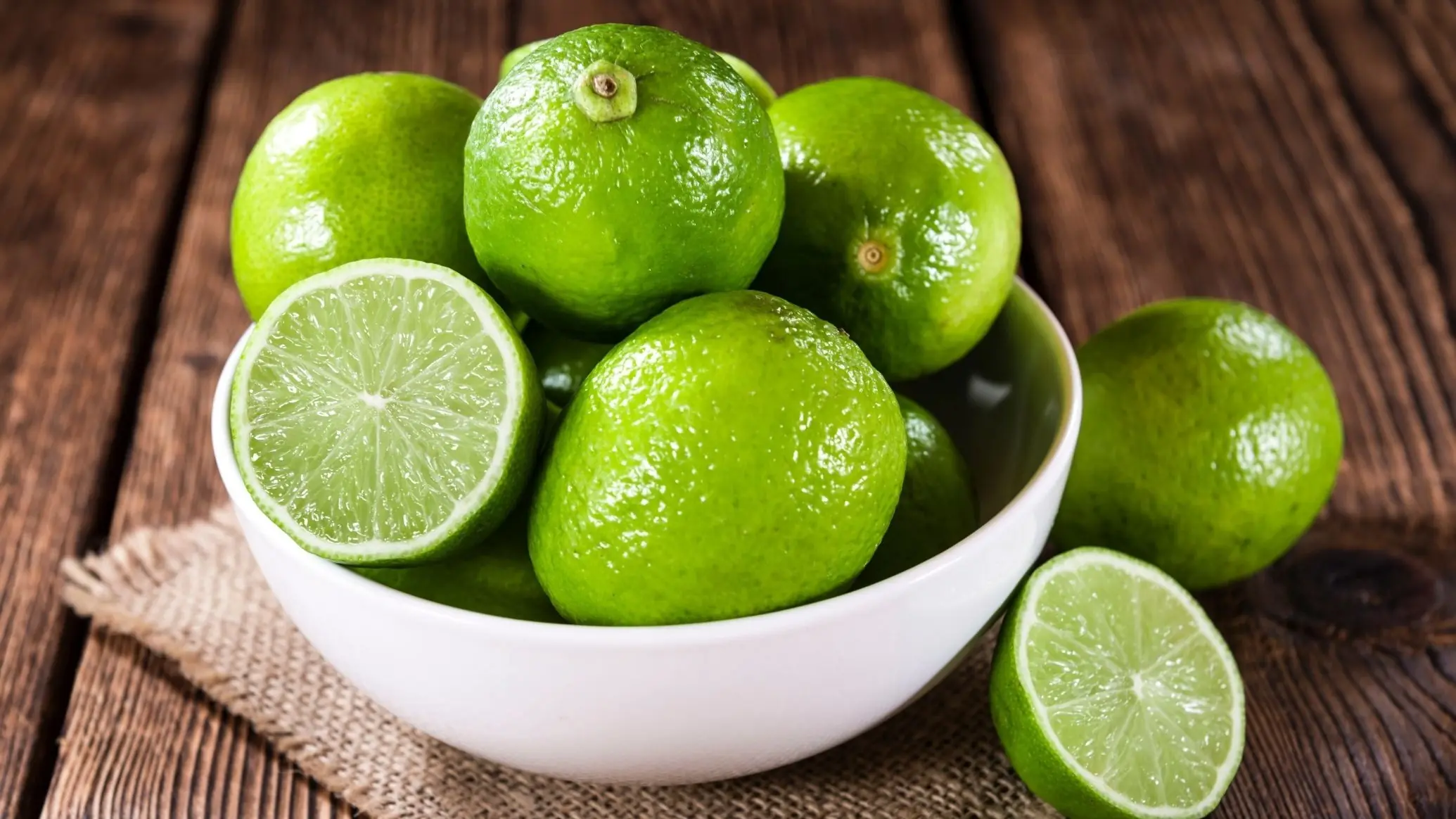
After Reading This, You’ll Always Carry a Lemon with You—It Might Save Your Life Someday

Urgent warning after girl is blinded from household product

What This Oncologist Notices First in Most Cancer Patients Might Surprise You

Why you should never flush ticks in the toilet
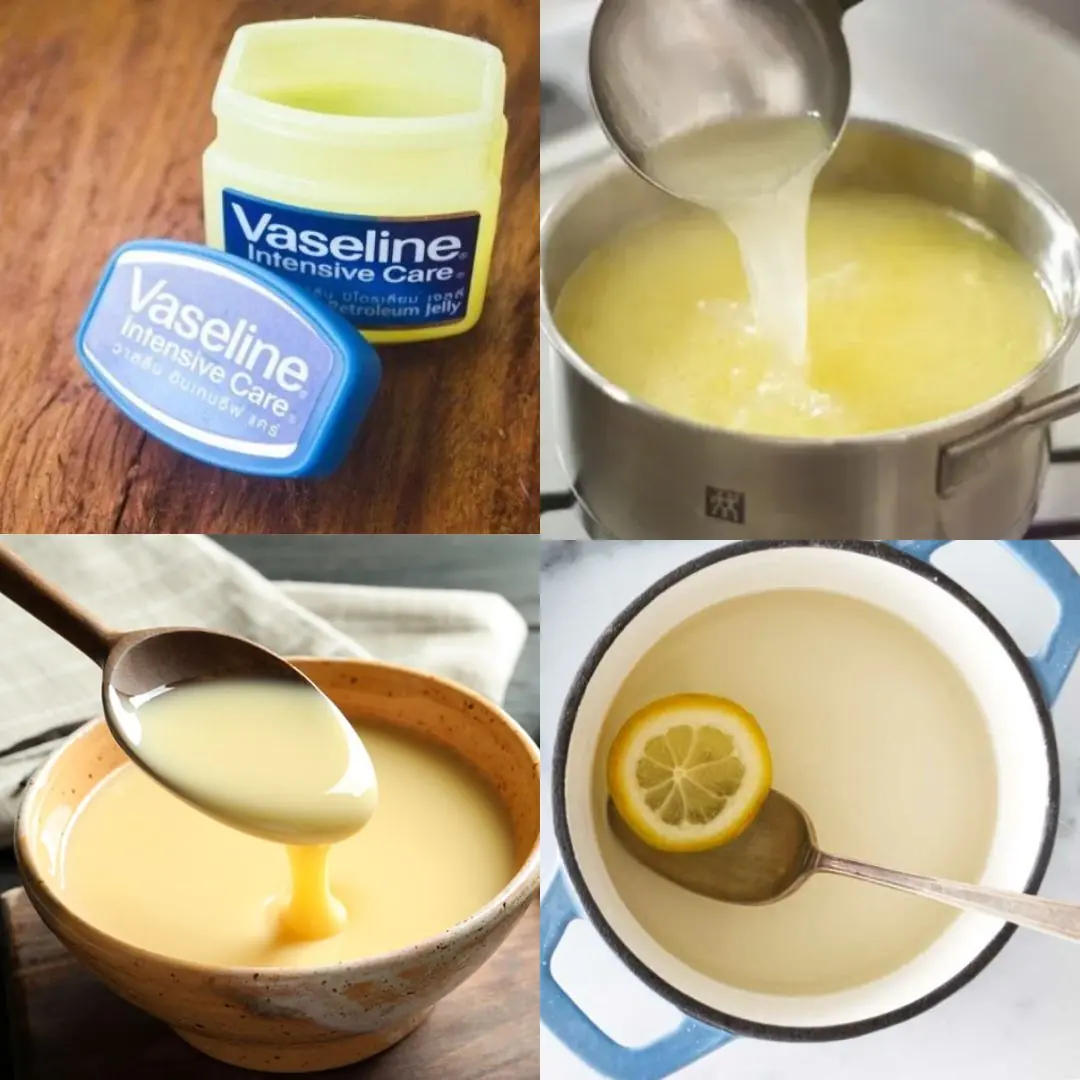
Vaseline and Lemon: An Inexpensive and Effective Skincare Remedy

Eliminate Plantar Warts with These Natural Garlic Remedies
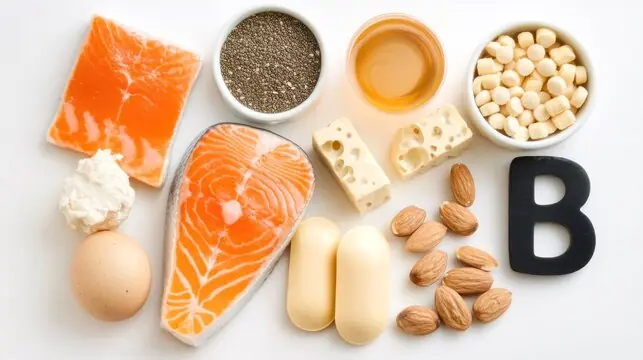
The Essential Guide to B Vitamins: Benefits, Types, and How to Get Enough
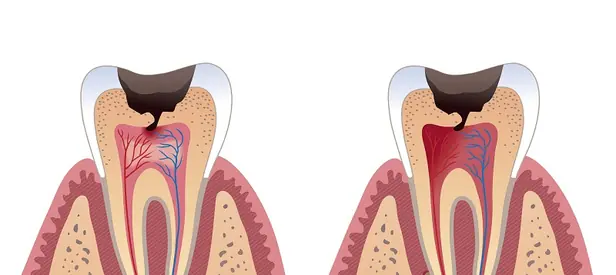
Tooth Decay: Causes, Types, and How to Prevent It

What Is Acid Reflux? Causes, Symptoms, and How to Treat It

The Timeless Wisdom of Dr. Norman Walker: The Philosophy of Health and Longevity

💪 45 and Tired? This Grandpa-Approved Beetroot Drink Might Change Your Life

4 Foods You Should Never Combine with Honey Due to Toxin Risk — Many People Consume Them Without Knowing
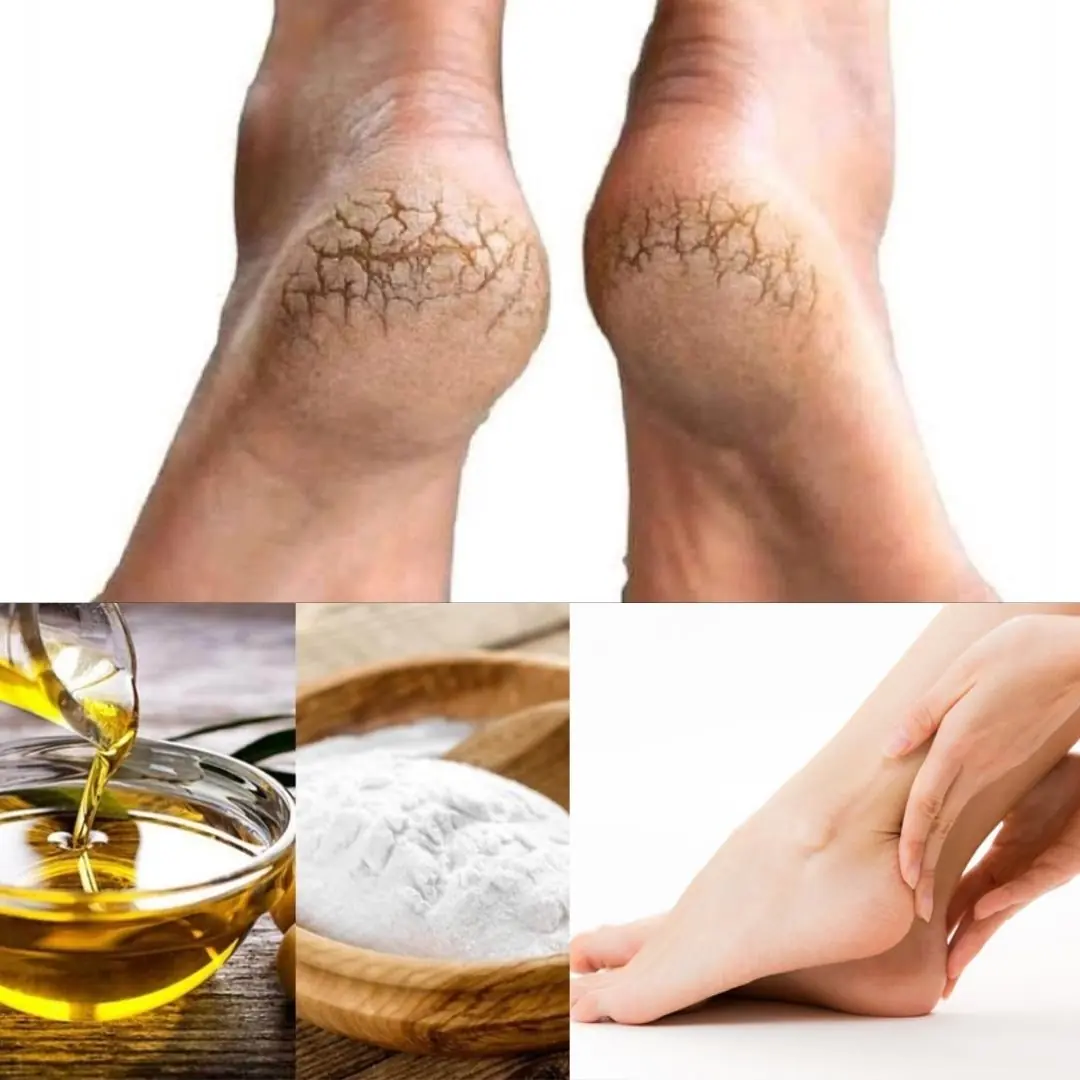
Get Baby-Soft Heels: Olive Oil and Baking Soda for Cracked Heels
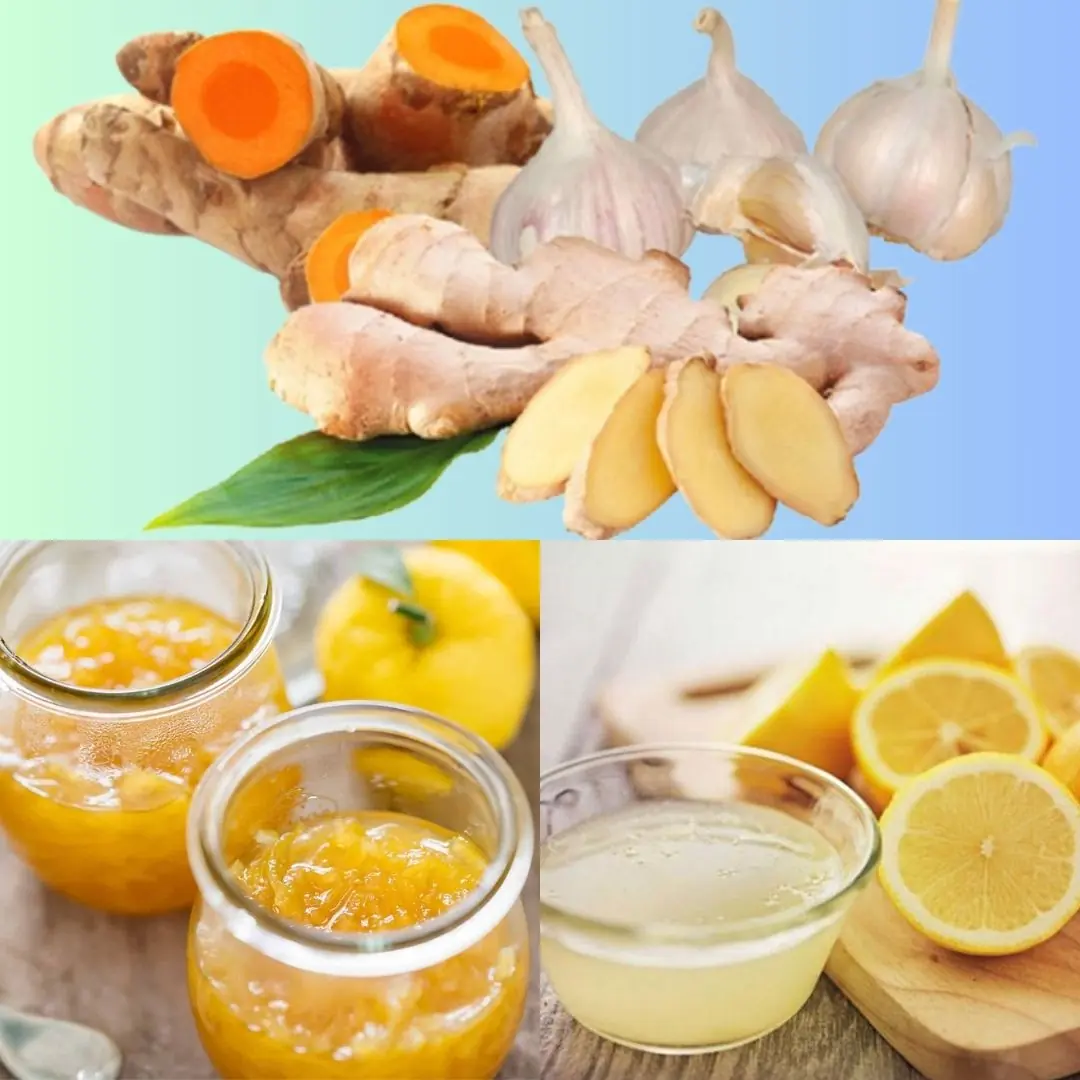
Natural Remedy for Liver Cleansing: One Tablespoon Before Bed

24-Year-Old Woman Suffers Stomach Perforation Due to One Common Morning Coffee Mistake

65-Year-Old Man Passes Away at Night: Doctor Warns Against 4 Types of Drinks Before Bedtime

Carrot Orange Ginger Juice: A Nutrient-Packed Powerhouse for Your Health
News Post

Eating Leftovers from the Fridge, a 50-Year-Old Man Dies: 5 Foods You Should Never Leave Overnight—If Leftover, Just Throw Them Away

Child Dies After Biting and Breaking a Thermometer—You Must Know What to Do When a Thermometer Breaks

After Reading This, You’ll Always Carry a Lemon with You—It Might Save Your Life Someday

We Are Living in a Moment That No Human Before Us Has Ever Witnessed—An Actual Photograph of a Sunset on Mars

Mount Rainier’s Glacier-Capped Peak Poses Lahar Threat To Millions—Authorities On High Alert

Urgent warning after girl is blinded from household product

MY DYING NEIGHBOR CALLED ME AND ASKED ME TO VISIT HER URGENTLY – THEN GAVE ME HER SECRET WOODEN BOX

I WOKE UP TO FIND MY FLAG GONE—AND A $20 BILL ON MY DOORSTEP

I TOOK MY NEPHEW TO THE FARM TO TEACH HIM A LESSON—BUT HE ENDED UP TEACHING ME ONE

Caring for our newborn meant missing dinner—my husband didn’t save me a plate

During the funeral, a crow lands on the little girl’s coffin

What This Oncologist Notices First in Most Cancer Patients Might Surprise You

Why you should never flush ticks in the toilet

Vaseline and Lemon: An Inexpensive and Effective Skincare Remedy

Eliminate Plantar Warts with These Natural Garlic Remedies

Experts Clash Over Claims Of Vast Underground City Beneath Pyramids — Discovery Sparks Global Debate
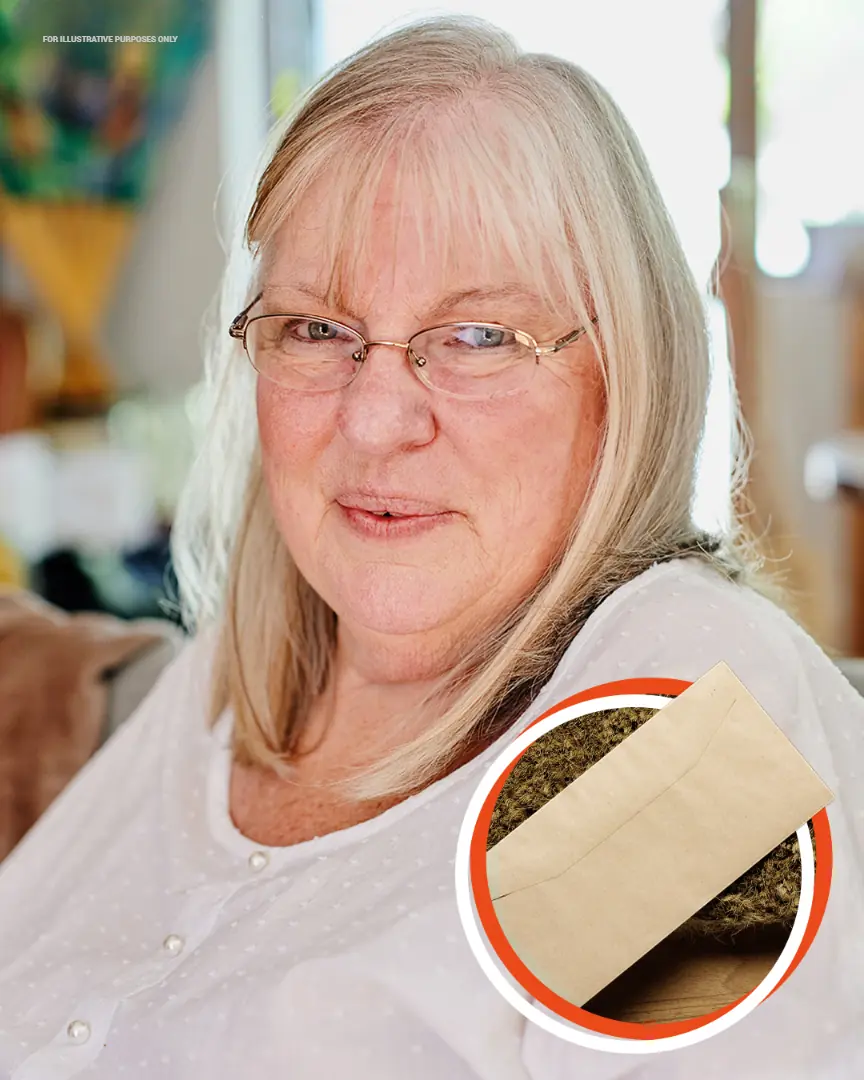
My Neighbor Tried to Kick Me out of My Own Home, Until I Found a Note That Said 'You Need to Know the Truth About Your Husband' — Story of the Day

The Essential Guide to B Vitamins: Benefits, Types, and How to Get Enough
